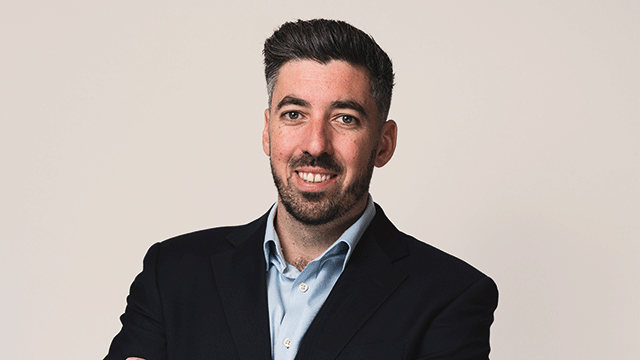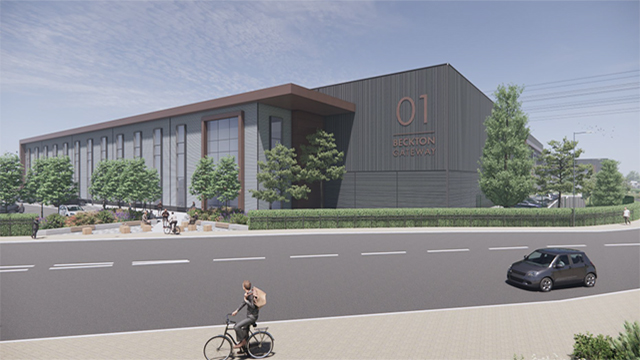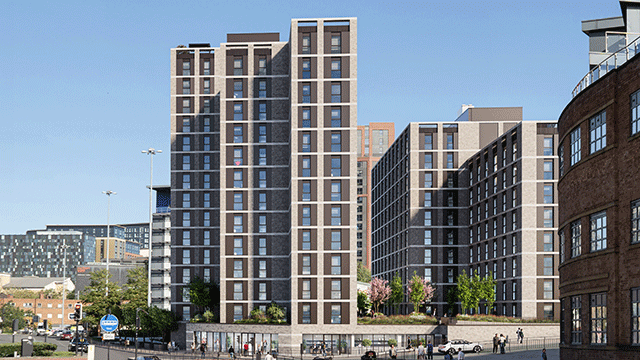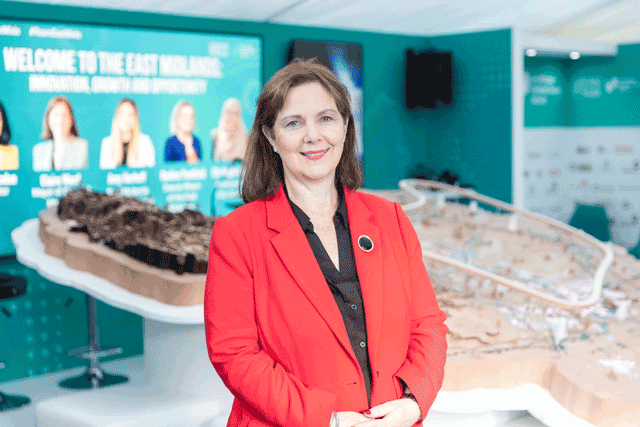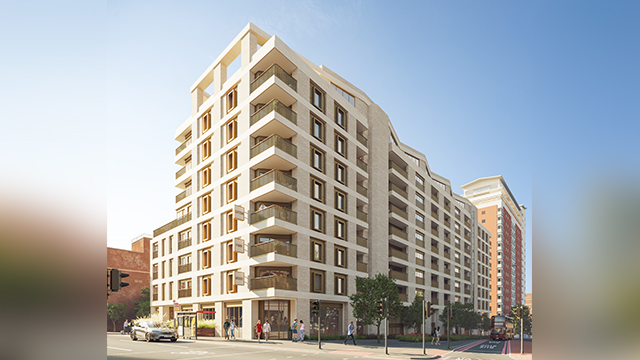The European life sciences sector is still “in the spotlight” as it is set to rebound from the slowdown seen in 2022.
According to JLL’s EMEA Life Sciences Cluster Outlook 2023 report, there is still pent-up capital yet to be deployed across the sector, with investor activity falling by almost 25% last year compared with 2021. However, it was still up 13% versus 2020 figures.
JLL expects the activity to remain “steady” in the next 12 months, with nearly $55bn (£45bn) in life sciences real estate capital targeting Europe.
Alexander Nuyken, a partner in JLL EMEA Life Sciences and Markets team, said: “Clusters which can combine strong fundamentals with opportunities to grow will be in the strongest position to capitalise on the expansion of life sciences, embracing the liquidity of commercial markets alongside supporting their existing offering.”
The report has shown that UK’s OxCam Arc is a leader in “physical capital” such as funding and real estate, while Paris and London lead on “human capital” such as access to talent.
Nuyken added: “To access the best talent, occupiers are now seeking city centre locations over traditional out-of-town parks. As a result, well-designed, sustainable and tech-enabled buildings in city centres are driving occupier demand.
“To meet demand, investors are developing and repurposing space where lack of supply is limiting growth. They are looking beyond existing advanced clusters to other established or emerging markets to find new opportunities.”
To send feedback, e-mail evelina.grecenko@eg.co.uk or tweet @Gre_Eve or @EGPropertyNews





